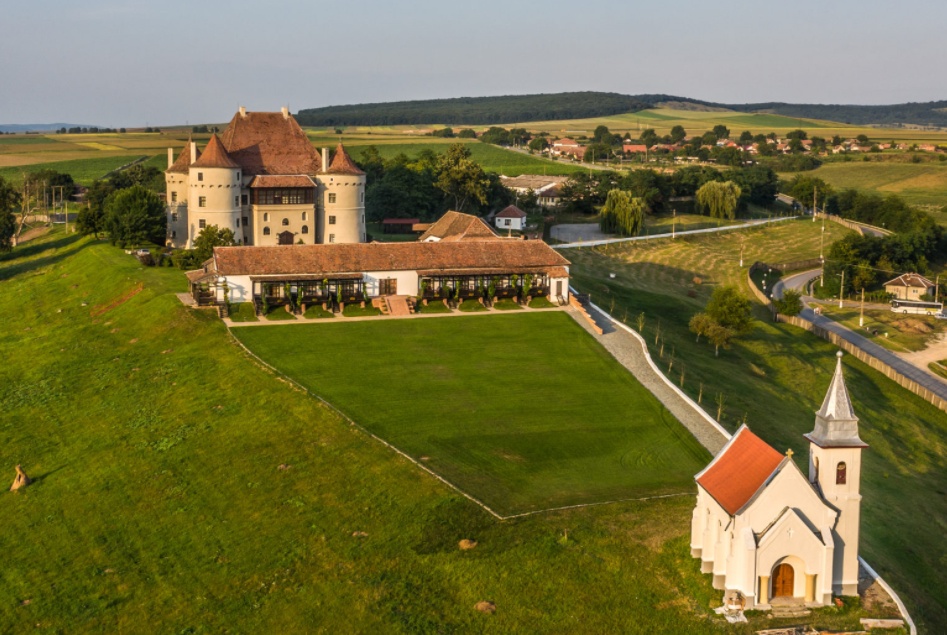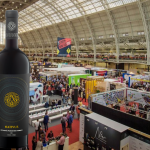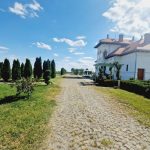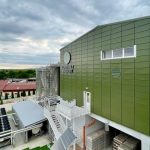It was supposed to be a team-building trip, but our visit – four adults and three children, representing the “central committee” of Wines of Romania – turned into a documentary endeavour. Especially for me, since I hadn’t set foot in Cetatea de Baltă in about 20 years… maybe even more. Not for Marinela, who is practically “one of the family,” nor for the other two, it was their first time. I’m not sure how much Andrei and Andreea appreciated the experience, since they had nothing to compare it with, but for me it was deeply moving. Somewhere between “look, it can be done” and “Wow! Wow! Wow!”
- Big Companies Move at a Different Pace
- Step by Step, Jidvei Became a Benchmark for Romanian Wine
- Bethlen-Haller Castle: A Small World of Sustainability
- Nelu Mărgineanu, the Man Who Makes the Place
- Depopulation Forces a Rethink of Vineyard Structure
- The Deserted Heart of Transylvania
- At Tăuni, Jidvei’s Newest Winery
- A Blessed Rain, Before a Stradivarius Performance
- Entrepreneurial Mind, Family Man's Heart
Big Companies Move at a Different Pace
I entered the world of wine at a time when over 80% of the market was dominated by Jidvei, Murfatlar, Vincon (now Beciul Domnesc), and Cotnari. Recaș was also beginning to gain ground and seemed like a more dynamic company.
Around 2004–2005, I visited Cetatea de Baltă on a trip organised by the PNVV (National Wine and Vine Growers’ Association), along with fellow journalists from the “Wine Press Club.” I had the honour and pleasure of meeting the founder of the modern Jidvei – the one who saved a bankrupt state-run farm (IAS), Liviu Necșulescu.
Renovation of the Bethlen-Haller Castle had just begun, at least enough to make the ground floor usable and to host guests in the cellar. There, the legendary chief oenologist, Ioan Buia, tirelessly talked about wine, winemaking, the region, and its people. Things were moving slowly at the winery, but they were moving – modern tanks had begun to replace the old “polstif” vats made of high-density polystyrene and fibreglass. Everything was going to change, but it would take many, many years, and we, still young, wanted everything tomorrow – if not today. It was hard to understand why a big company moved at a different pace.
From that meeting with Liviu Necșulescu, more than the long-term plans that seemed too far off, what struck me most was this: every resident, even if they didn’t work for Jidvei, could receive a loaf of bread and a bottle of wine every day. Times were hard, and this gesture surely helped many families, more than words can say. A man from Constanța had become a pillar of the community in the heart of Transylvania…
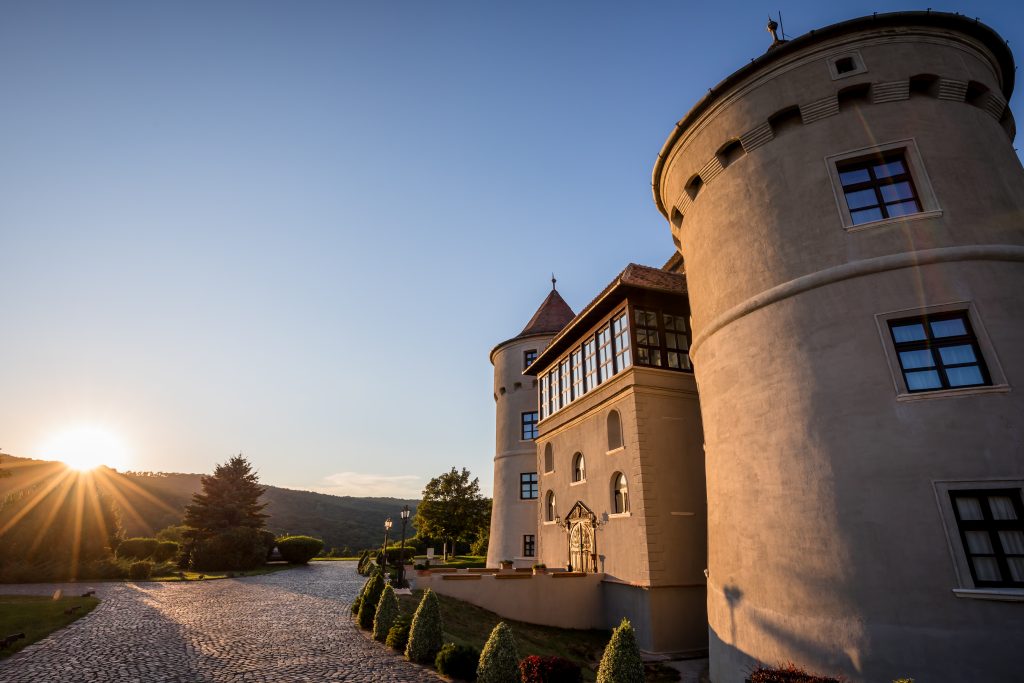
Step by Step, Jidvei Became a Benchmark for Romanian Wine
Not long after, I was swept into the whirlwind of small and medium wine producers – a world where something was always happening: tastings everywhere, new product lines, new producers, alliances, partnerships. I saw Jidvei from a distance, but surrounded by prestigious labels, accessible owners, events, and travels, I didn’t pay it much attention.
In 2012, Jidvei launched the Mysterium and Owner’s Choice lines, its first premium-positioned wines. Year after year, more medals followed, and surprisingly, even their more affordable wines began winning awards.
For me, the turning point came around 2018–2019. I was cooking and needed a wine with high acidity. My usually full stash only had an old Mysterium Rosé from a few years earlier – received at a wine fair and forgotten on the shelf. Since I only cook with wines I’d also drink, I decided to taste it first. And I was stunned. It wasn’t just good – it would have been sacrilege to use it for cooking! Perfectly balanced (at the fair, I thought it too acidic…), delicately fruity but well-defined, expressive, even complex… Wow. An unexpected surprise.
Around the same time, Jidvei was becoming a “Superbrand,” their Ana Sauvignon Blanc and Fetească Regală winning grand gold medals at the Concours Mondial de Bruxelles. At the same time, Time magazine dedicated a major feature to Jidvei.
Jidvei had become a Romanian benchmark, on a level far beyond what I remembered, defined by quality and performance.
Bethlen-Haller Castle: A Small World of Sustainability
Then came the pandemic, market reshuffles, new problems for new times… I hadn’t returned to Jidvei until now, in the scorching days of July 2025 AD. I had tasted many of their wines in recent years, many of them remarkable. I had reconnected with the winery, now a valued partner of Wines of Romania, but my travels hadn’t brought me even close to this corner of the world.
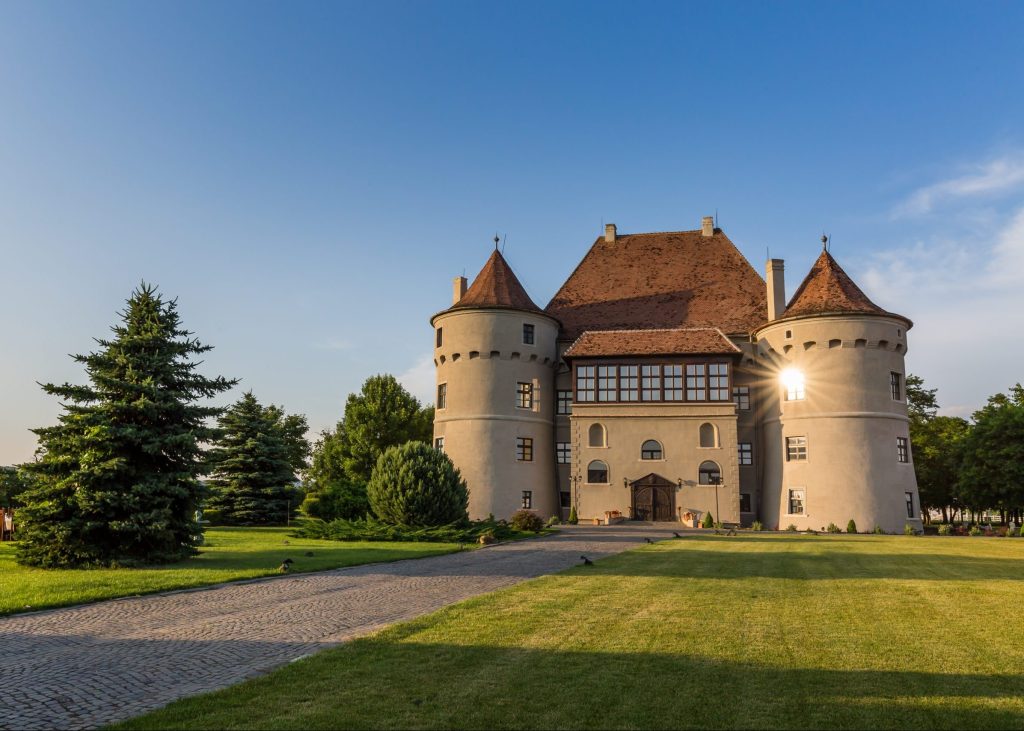
On Monday evening, around 6 PM, in the usually cool Transylvania, blew a hot wind I hadn’t felt since Dubai’s desert. The third day of a heatwave. The lawn spanning several hectares around the castle struggled to stay green, helped in the morning by people with hoses and during the day by sprinklers. Unbothered by its colour, two lawn-mowing robots tirelessly worked around trees and paths. The storage sheds and ruins from 20 years ago were now era-inspired buildings, housing guest accommodations, offices, or leisure rooms (yes, with billiards).
Inside, a blessed coolness and a note informing tourists that all buildings are ecologically built, with low electricity consumption, and suggesting they think twice before opening windows. The rooms – discreetly luxurious, with the bathroom showing slightly more opulence than the subtly designed living space. Stables, horses, archery, countless experiences.
But more than that: ecological greenhouses, hydroponic greenhouses, livestock farms – all part of an impeccable model of circular economy and self-sufficiency. Except for the game meat, which is also locally sourced, everything consumed at the Castle is produced on-site. And it’s so delicious you won’t want to leave.
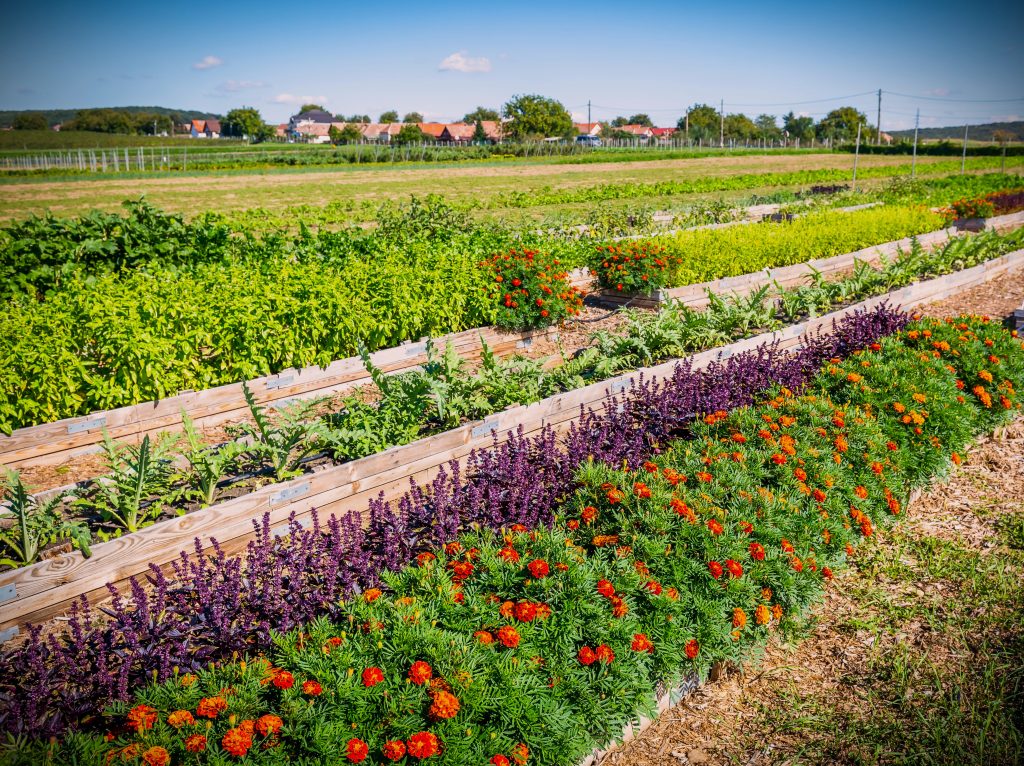
Nelu Mărgineanu, the Man Who Makes the Place
The next day, we meet Ioan Mărgineanu – known as Nelu or Neluțu – Jidvei’s technical director of viticulture. He’s been working here since 1990 – a lifetime. He witnessed the plundering of state-run farms (IAS) when, as he puts it, “well, a wealthy class had to emerge.” Back then, the board members were politically appointed. They would set up private companies and sell goods needed by the IAS back to it at prices tens of times higher than market value. Or they would buy grapes or wine at below production cost. I’ve never heard of any of them being prosecuted. Jidvei’s good fortune was the arrival of the Necșulescu family in 1999, by which time there wasn’t much left.
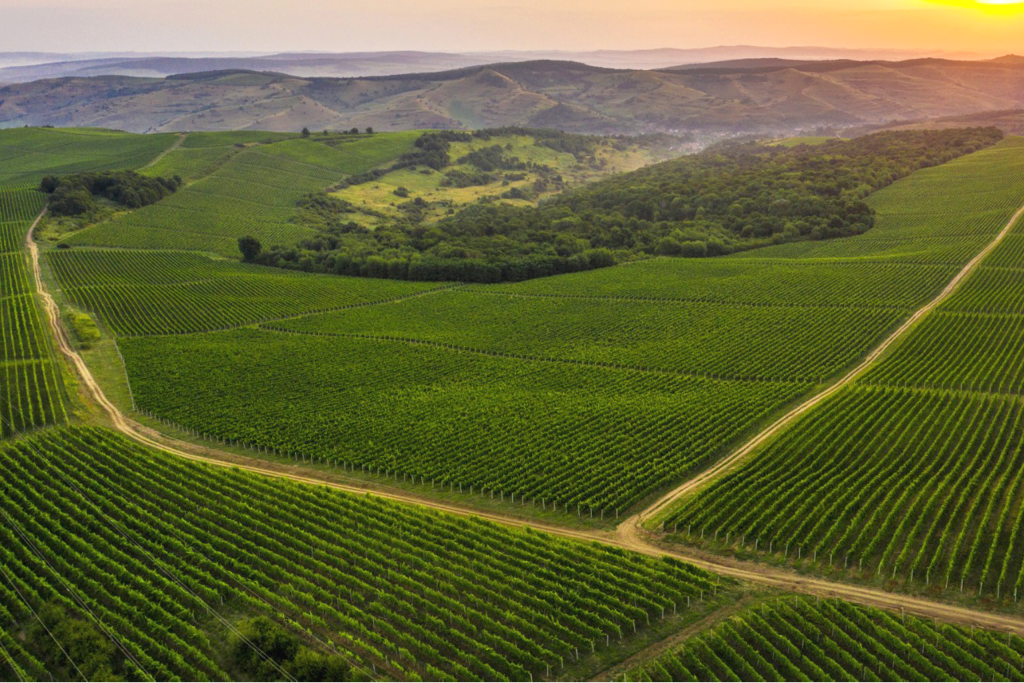
Naturally, he knows every inch of the land. He tells you about all the places you can see – and everything you can’t. Jidvei’s vineyards, totalling nearly 2,000 hectares (of the 2,500 owned), would stretch across a circle with a 20-kilometre diameter. But the actual roads make the distance between opposite ends feel like 40 or even 50 kilometres. Whoever named this region “Târnave Plateau” was either a jokester or had never set foot here. Hills as far as the eye can see, some so steep you can barely fit 2–4 rows of vines per terrace. Driving through it feels like a rollercoaster ride. When it rains, there are places you can’t reach even with a tractor.
Depopulation Forces a Rethink of Vineyard Structure
Nelu replants over 100 hectares every year. For the past five years, he’s led a new project – switching the vineyards from the classic Guyot system (closer to the ground, with multiple wires) to “cordone libero,” a high-trellis system using a single wire 1.2 meters off the ground. The vines require fewer treatments and can be worked on mechanically – a crucial factor since there’s no longer any manual labour available. The locals have left, and now 300 Nepalese workers need accommodation, food, and salaries – but more importantly, they bring uncertainty. You never know when they might suddenly decide to leave for Germany or even further. It’s happened before.
The downside of highly trained vines designed for mechanical work is that all interventions cause some degree of stress, so the vine’s lifespan is around 25 years, after which it needs to be replaced. Also, it’s more exposed to storms and strong winds, which can harm young vines.
With 2,000 hectares, replanting means at least 100 hectares need to be updated annually, especially since nothing is harvested in the first three years, and losses occur as well. These are more often due to hail than frost, because the climate has changed radically in the past 30 years. “When I got here, the vines were buried over winter – we used the Transylvanian earth rings. Minus 24 degrees was normal in winter. Now, we’re surprised when it gets to -15, and there are winters when we barely see a few consecutive days at -7 or -8 degrees. Making eiswein is becoming nearly impossible,” says Nelu Mărgineanu.
The Deserted Heart of Transylvania
The first wave of Saxons from the nearby villages left during Ceaușescu’s time, and he replaced them with Roma people from all over the country. After 1990, the remaining Saxons left, and so did most of the Romanians and Roma.
We leave Cetatea de Baltă by car, which at departure seems like a sleepy little village, but on the way back, it feels like a bustling metropolis. How come? Well, we head toward the Tăuni winery via Tătârlaua, one of the abandoned villages. Judging by the signs, the abandonment is relatively recent. There aren’t many ruins. A Belgian retiree bought a few houses so his friends could stay when visiting. But further along, in Crăciunelul de Sus, the disaster is complete.
From the entrance, the roadside cross (there’s one at every junction) is half toppled and overgrown. A few ruins follow, the last houses sheltering 5–6 elderly people, and then the village is swallowed by nature. Here and there, a gate outline peeks through dense jungle-like vegetation. A cross marks a crossroad leading to nowhere. “This used to be a street. A street with houses,” says Nelu, stopping the car. “Classmates of mine lived here.” We look at the forest. There’s nothing to suggest that homes once stood here.
On the way out of the village, we pass the last investment made by one of the emigrants – a brand-new guesthouse, complete with charming little cottages and a concrete slab for parking. It never opened and probably never will.
“A woman who left abroad once asked me to find her two plots of land to build homes for her children. She doesn’t want them anymore. I think the guy with the guesthouse regrets sending money home to build it. No one wants to return. Hard times are coming if the people abroad stop sending money back,” Nelu sighs.
At Tăuni, Jidvei’s Newest Winery
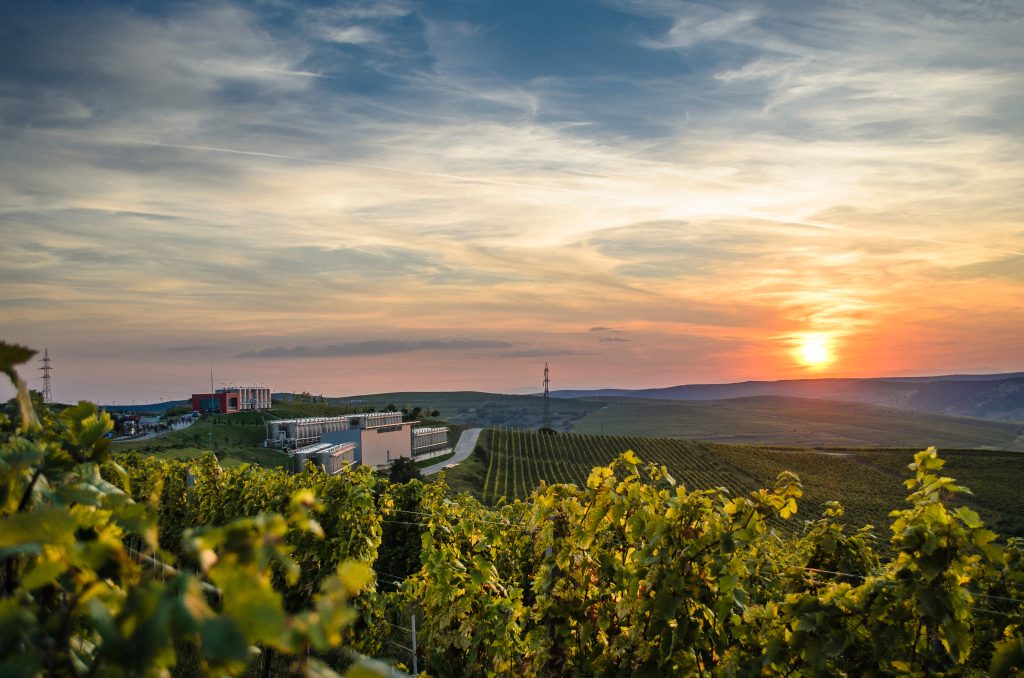
We arrive at the highest vineyard point owned by Jidvei, at 500 meters altitude. On clear days, from here you can see the Retezat, Făgăraș, and Ceahlău mountains. Once again, I marvel at the humour of whoever named this area a “plateau.” The only flat stretch visible is about 3–4 hectares and appears to be a floodplain.
Everything is scorching – it’s around 40°C – and it hasn’t rained in a long time. Yesterday, even in the mountain-shaded Olt Valley, it was 37°C. Nelu is worried; it’s the time when grapes begin to compact, the stage where the berries should be growing. Without water, nothing happens. The entire vineyard is at risk. We reach Tăuni, one of the few large-scale open-air wineries. It can process and store over 5 million litres of wine, coming from the 750 hectares of surrounding vineyards (down from over 800, due to replanting efforts).
Originally, the plan was to install the fermentation and storage tanks first, then enclose the whole facility. But the tanks were designed from the start with double walls and 30 cm insulation. This means the cooling is directed inward efficiently, with no energy wasted cooling the ambient air. Plus, being located on a hillside, the constant wind keeps the space cleaner than any enclosed winery could. As it stands, the Tăuni winery consumes at least 30% less electricity than a traditional closed winery, aside from many other advantages.
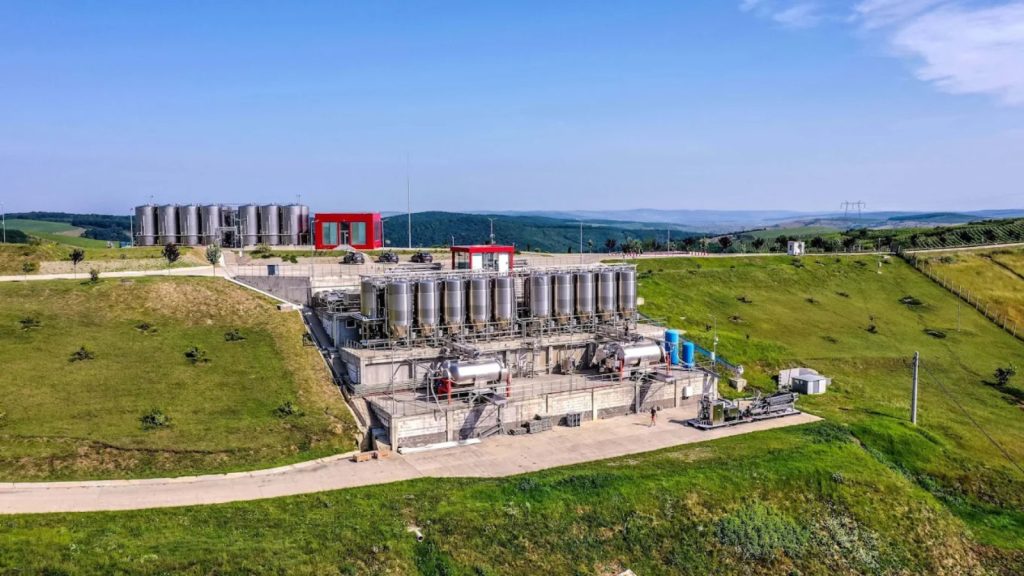
A Blessed Rain, Before a Stradivarius Performance
That evening, after a dry half-hour storm, a few drops fell, then slowly turned into a serious rain, with large droplets. Given how thirsty the land was, everyone silently prays it lasts. And it does. The next day, around noon, as we head toward the Jidvei winery to greet the ever-present Ioan Buia (who still makes wine and tells stories to visitors), it’s raining even more heavily.
The winery gleams – nearly everything is new, except for a few surviving concrete vats. Each step of the winemaking process is separated from the others, and at every stage, all possible tests and analyses are carried out. In the sparkling wine section (which I visit on Wednesday), bottles mature on lees for two years or more. On Friday, violinist Alexandru Tomescu is set to test his Stradivarius violin here, not just because of the exceptional acoustics, but probably also because music is good for wine. Afterwards, the Rhapsodies concert will take place in the courtyard of Bethlen-Haller Castle, which, in a poetic twist of fate, used to be the “sparkling wine section” before 1989.
Back at the castle for our final hours, I sip a “road coffee” with Claudiu Necșulescu. “Today,” he tells me, “hand on heart, I can say Jidvei has the best possible conditions for growing vines and making wine.”
Entrepreneurial Mind, Family Man's Heart
Any winemaker might say that, I think to myself – but Claudiu Necșulescu explains, step by step, what’s happening in Jidvei’s vineyards, and why the climate and soil in each parcel are exactly what the vines need. He points toward the rain, which shows no sign of stopping. “It’s from God, clearly – it came exactly when it needed to,” he says. “God loves us.”
He draws comparisons to his other vineyard in Cernavodă, Navigo. A different story, different history. And we chat – it’s the perfect moment for an interview. He’s the president of ONIV (National Interprofessional Wine&Vine Organisation), and the entire industry is panicking over the new wine excise duties. We touch briefly on the subject – we share the same opinion. He runs the largest family-owned wine business in Romania, has set record after record – including owning the “largest family vineyard in Europe” – and has managed more vineyards and wineries than anyone else in the country. And yet, somehow, it feels like an interview would be out of place.
Now, he’s a host. He’s at home. Since I last saw him, a few more wrinkles have appeared, and his glasses have slightly thicker lenses. When he talks about the Romanian state and its lack of predictability, he looks tired. “In Romania, it’s the State that breaks the law,” he repeats bitterly a few times.
But when he talks about Ana and Maria, his daughters – after whom the Owner’s Choice wines are named, and who will carry the legacy forward – he brightens up and looks years younger. His wrinkles nearly vanish. As he recalls everything that’s been built within this 20-kilometre radius of the Castle, he smiles. A little tired, but smiling.
We mention Liviu Necșulescu. He tells me about his father’s final years – the ones I never got to witness. I remind him of the bread and wine Liviu used to give to everyone. “That’s how he was his whole life. You know what his last words were? ‘Do good.’ And after he passed, no one ever came to me with an education or health issue that I didn’t help with. Sure, I’ve refused a fair number – those asking for absurd things – but never anything tied to education or health,” Claudiu Necșulescu says.
We slowly head back to Bucharest. We came via Sibiu; we’re leaving via Brașov. Until we reach home, the God-sent rain – arriving just when it was most needed – keeps us company.
